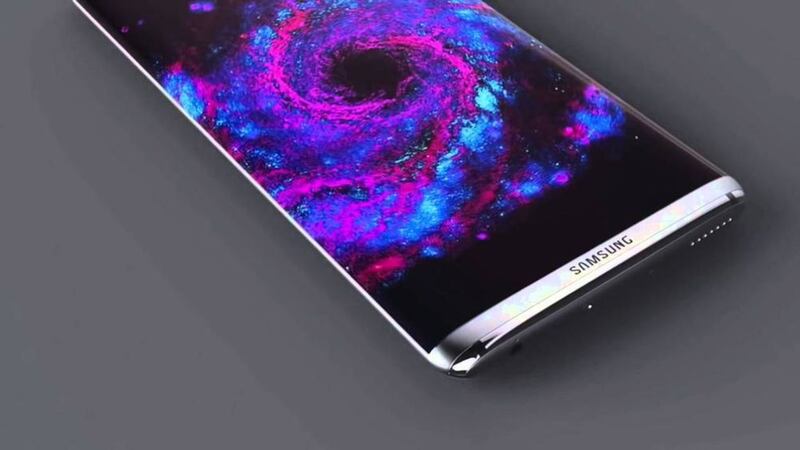THE much-leaked iPhone7 has arrived and in large, it has been well received, albeit without the headphone jack, which makes way for Apple’s wireless headphones.
Rumours are already circulating about the iPhone 8 having a fully glass display, which is interesting as Apple were recently awarded a patent for a Glass enclosure.
The application describes the means of building a mobile device, including a mobile phone, out of glass. However, design aside, the real game changer on the mobile horizon is Virtual Reality (VR).
The next major handset release will be the Samsung Galaxy S8, which is expected in April 2017. The two big questions are whether the Galaxy S8 will feature a removable battery, similar to that of the LG G5, and have a 4K display. The 4K display may have seemed a little ‘over the top’ for the Sony Xperia Z5 Premium, but the Samsung Galaxy S8 has one key reason, to enhance it’s Virtual Reality (VR) offering.
Later this year, Google and its partners will launch their own virtual reality headsets, Daydream, which will take Samsung's Gear VR head on. It's a big move for Google as Samsung are working on expanding its Gear VR support beyond standard controls, meaning that motion controllers are probably coming down the line.
These advancements are being enabled through the miniturisation of components, allowing for more technology to be built into the handset. Researchers have recently developed a method that allows the mobile antennas to shift from the analogue to the digital world.
Antennas currently use technology developed half a century ago and that takes up valuable space. The new digital antennas are smaller and offer greater bandwidth, which will lead to faster data transfer and improved efficiency.
So, how exactly is mobile VR expected to come to life? That's where the advancements in the vision processing unit (VPU) come in. The role of the VPU is to offer a helping hand to the overworked CPU and GPU chips within your phone, these are responsible for every task it does, from processing graphics to queueing up sensors.
By inserting a more powerful VPU into a more central processing role, the VPU will make the informational assembly line more efficient, which in turn squeezes even more out of the hardware, enabling more to be achieved from these small chips.
It's crystal clear that virtual reality and mobile are about to embark on a wonderful adventure together.
:: Eric Carson is director of Rainbow Communications and can be contacted via www.rainbowcomms.com. Rainbow Communications can also be followed on Twitter - @Rainbow_ Comms








